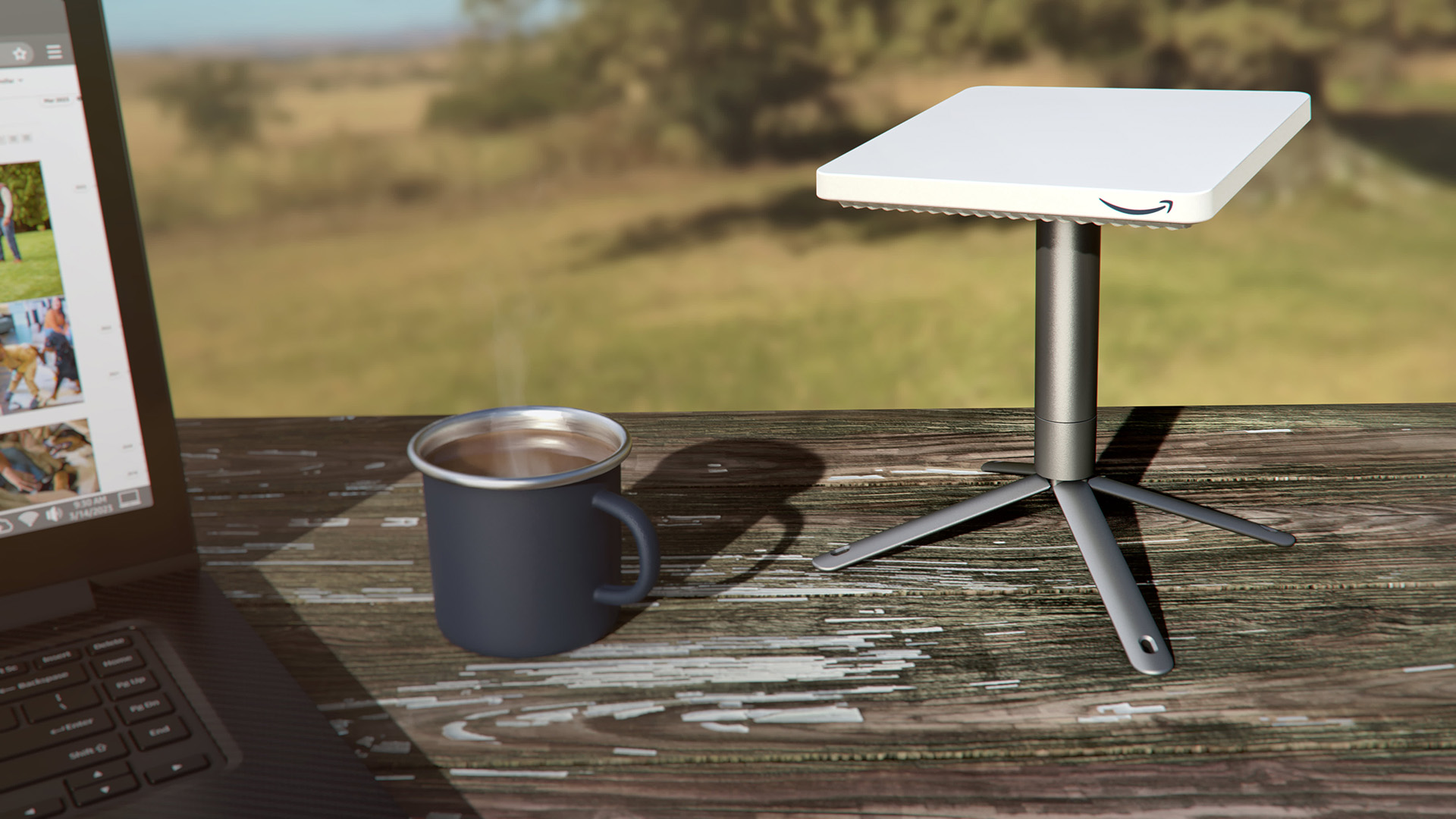The availability of low-orbit networks like Starlink and Iridium has made satellite internet increasingly valuable. Amazon has been developing its own network called Project Kuiper and has now provided more information about it. The network will use 3,236 custom-made satellites in low-Earth orbit and Amazon plans to launch them using 92 heavy-lift launches from Arianespace, Blue Origin, and United Launch Alliance. Amazon claims that its satellites will perform better than Starlink’s, with the ability to handle traffic of up to 1 terabit per second and a lifespan of around seven years.
Amazon has revealed the ground-based terminals that will be used to connect to the Kuiper network. The smallest and most economical model is the “ultra-compact” version, which is seven inches in diameter and weighs around one pound. Despite its small size, Amazon says it will provide speeds of up to 100 Mbps, which is sufficient for standard web browsing and some remote work.

The most popular option for homes and regular businesses will be the “standard” design, which is an 11-inch square weighing five pounds and can achieve speeds of up to 400 Mbps. In addition, there will be a “pro” model measuring 19 x 30 inches, which can reach speeds of up to 1 Gbps and is intended for use cases such as oil rigs, ocean ships, or similar.
Amazon has not disclosed the monthly service cost or the exact cost of the antennas, but the standard terminal’s cost of production will be less than $400. The first two prototype satellites will be launched by Amazon in May, using the United Launch Alliance’s Vulcan rocket. Full-scale satellite production is expected to begin in the first half of 2024, and Amazon plans to launch the service once there are several hundred satellites in orbit.
Although the idea of having fast internet access from anywhere in the world is exciting, there are still some issues. Starlink and Project Kuiper, large satellite networks, require frequent rocket launches to replenish their satellites as they fall back to Earth after a few years due to the low orbit required for high speeds. The fuel used in most rocket launches is environmentally harmful, but efforts are being made to develop safer alternatives. Starlink’s satellites also make ground-based astronomy more challenging, but SpaceX is trying to address this problem with design changes in newer satellites.
Source: CNBC, Cord Cutters News, Amazon













